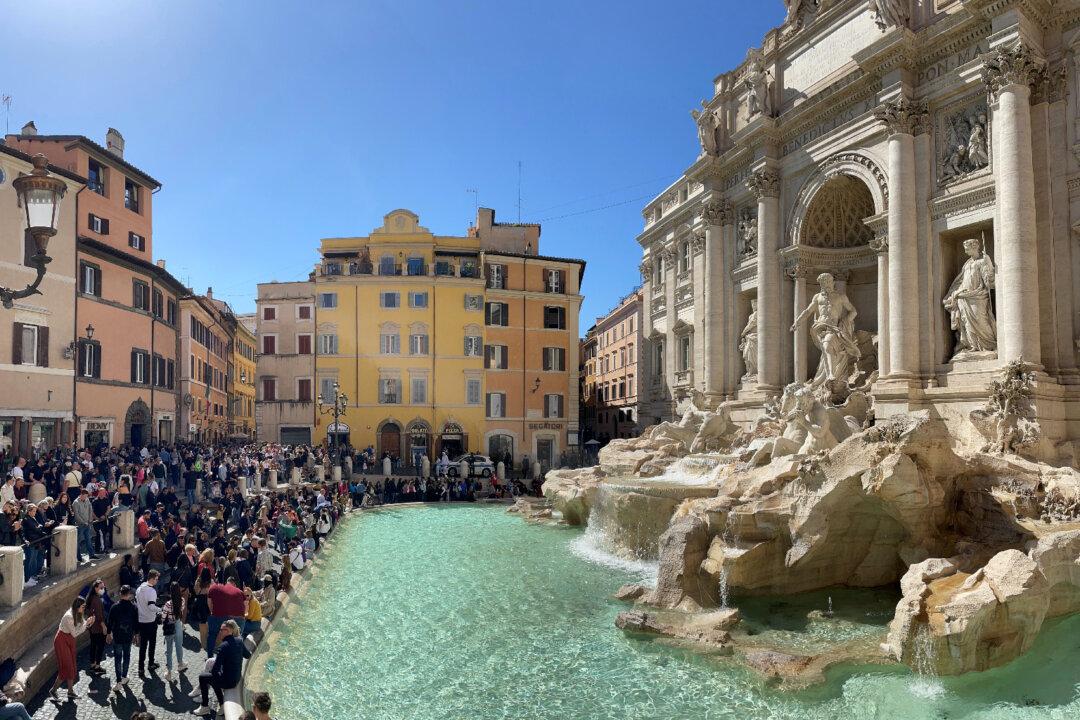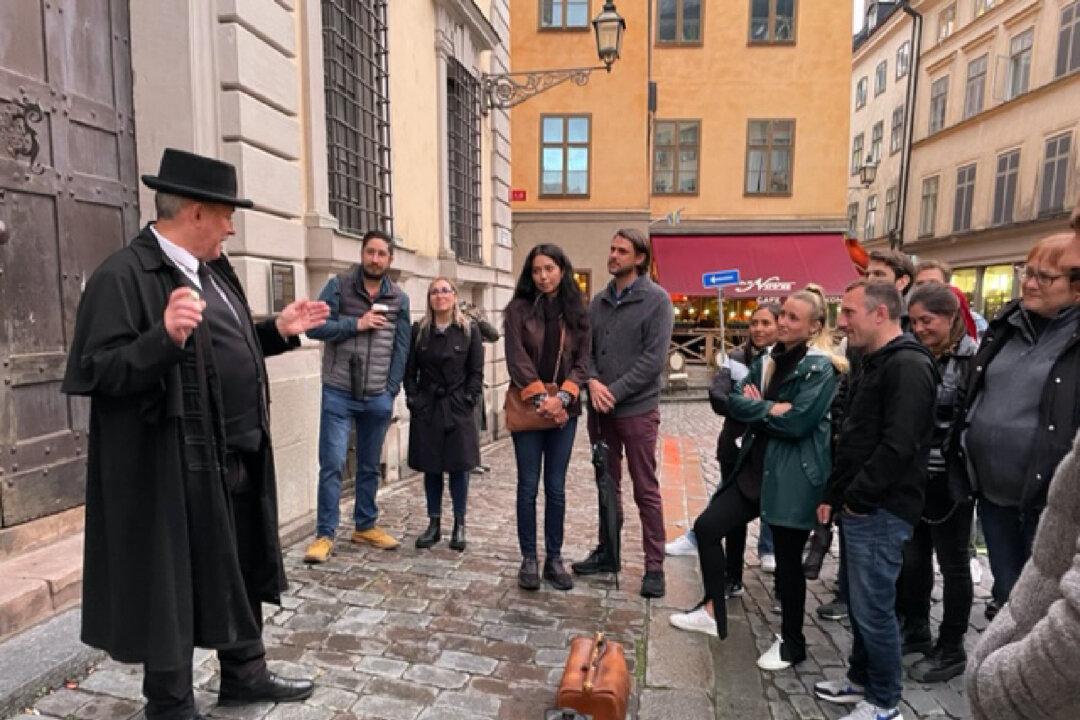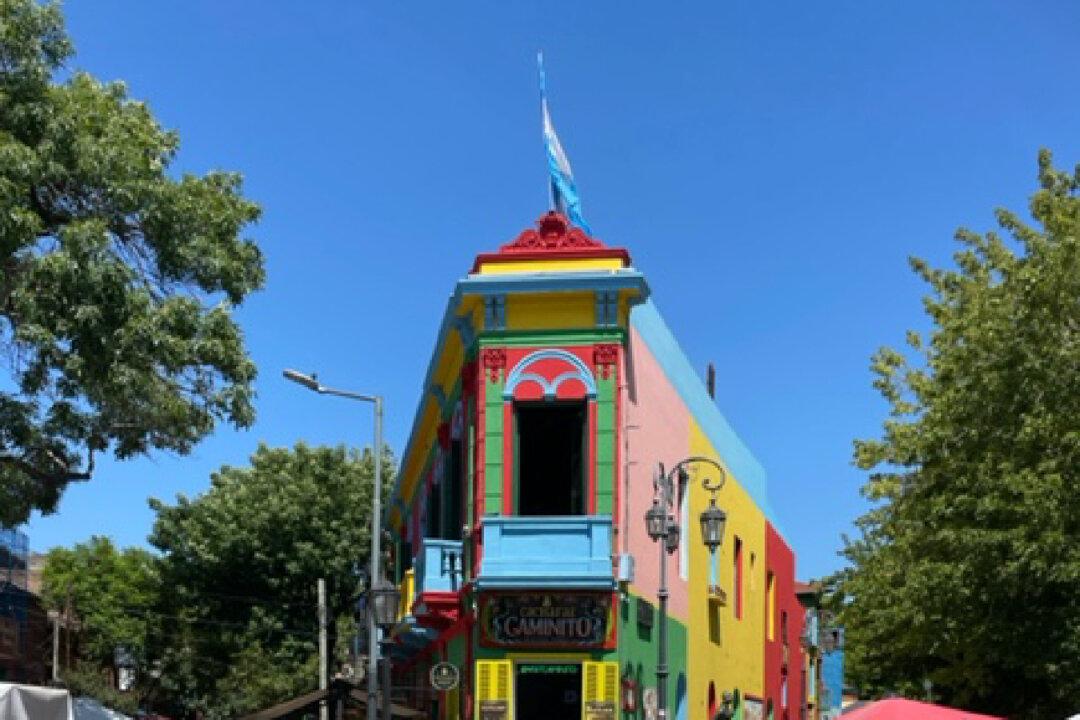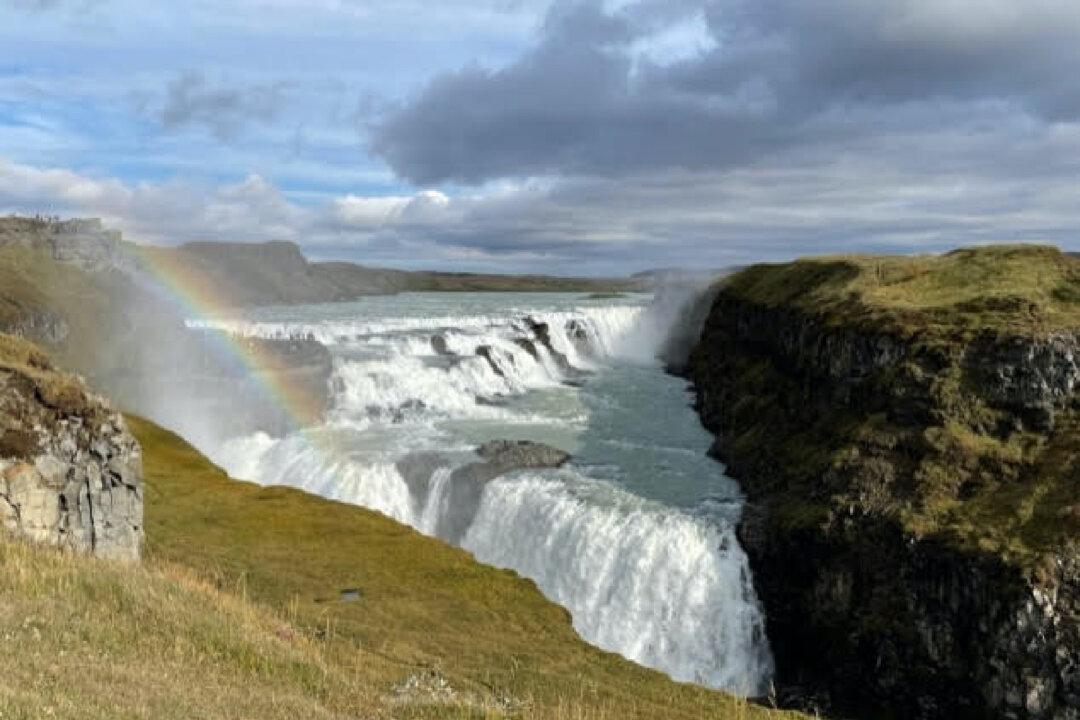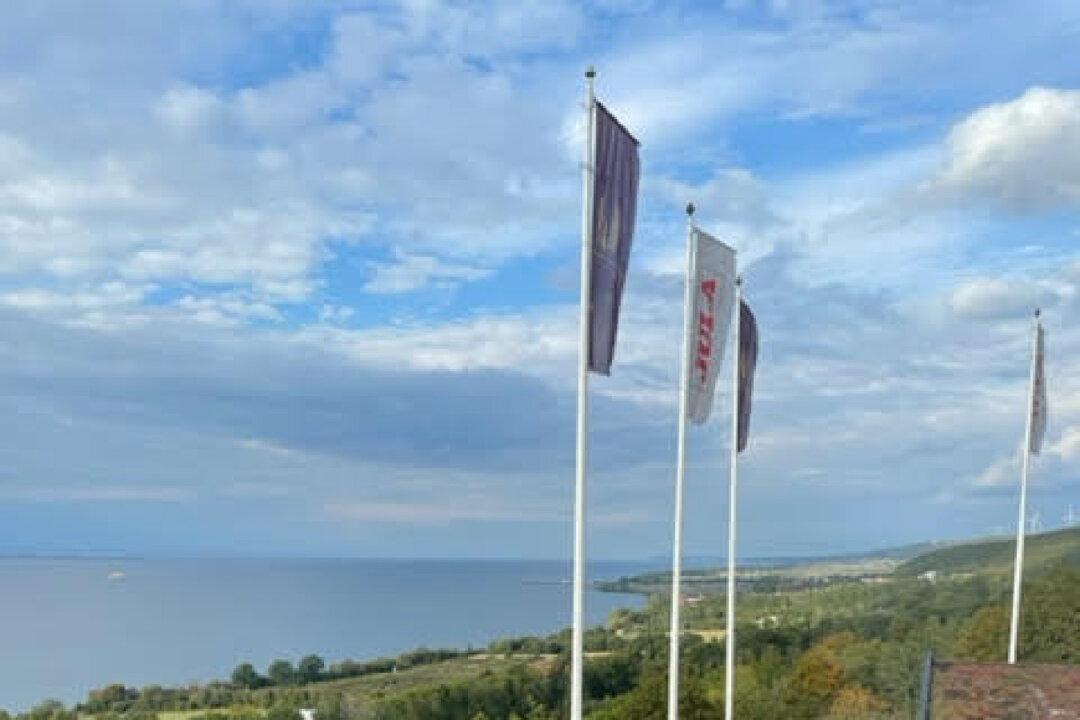By Lesley Frederikson
Arriving in Rome with only a few days to visit, my husband and I realized we could only scratch the surface of what was to be seen, and although we had scheduled guides to take us through the Vatican, Colosseum, and Forum, after a nine-hour flight, we just wanted to wander. His only request had been that we make unscheduled time to savor, and that made for some of our best memories.

